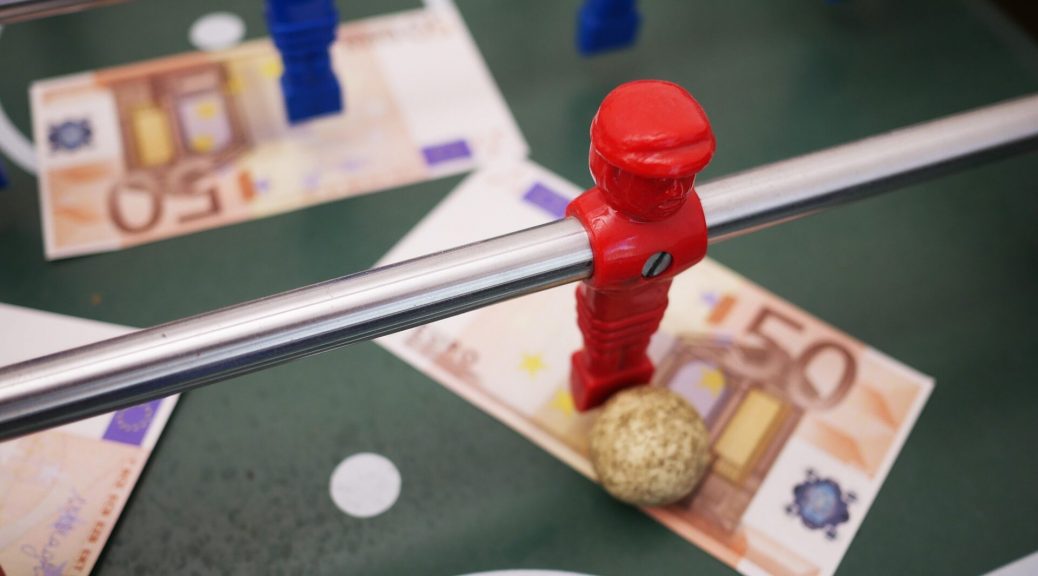
How Does Sports Betting Work?
Fundamentally, betting operates in a very straightforward manner. A wager on whether something will or won’t happen is agreed upon by two or more persons. There is a bet made, generally with money, and there are usually odds involved. Whoever is right wins the wager, and the other person or parties are required to make a matching payment.
What is a sports wager?
It is what it sounds like—betting on sports. You put a wager on a sporting event, and if your selected team or person wins, you are awarded a predetermined sum of money. You lose your bet if the player or team you backed loses. There are many various types of bets you can place, as well as several betting options and venues.
Many people enjoy watching a game more when they are betting on it than they would if they were not. Betting on sports is a means for some people to generate money. Only a small percentage of sports bettors can profit in the long run, but millions of individuals do it every year.
The Daily Mail estimates that the global market for sports betting might reach $3 trillion annually.
According to the article, the majority of the sum is generated illegally. On this page, we’ll cover both legal and illicit betting in more detail. Finding out whether what you intend to do is lawful or illegal is crucial if you want to avoid getting into trouble.
Minus and Plus in Betting
In betting, the terms plus and minus can have two distinct meanings. When a plus sign is present, they are used in American style odds to indicate how much a $100 wager will pay out if it wins or how much must be placed to win $100. (when a minus sign is used). Point spreads also employ plus and minus.
In sports betting, at least in the United States, point spreads are among the most popular bets. Additionally, plus and minus symbols are used to indicate the lines for such bets.
Most competitions have a favorite and an underdog named. The favorite awards runs or points, and the underdog is awarded runs or points.
Moneylines
You can place a wager on who you believe will win the competition using moneylines. You don’t have to think about how many runs or points a team wins by when placing a moneyline wager.
The plus or minus numbers on the moneyline are still used to indicate the odds, or how much you need to wager or can win.
Favorites have a negative number, whereas underdogs have a positive number. Moneylines can be difficult to follow at first, but once you get the feel of it, you’ll be able to see the potential wagers in no time.
You can see a money line with both sides at -105 or -110 in matches or games if the teams are evenly matched. As a result, you can wager on either team by placing a bet of either 105 to win 100 or 110 to win 100.
On the plus lines and the total amount on the minus lines, you are not required to wager 100. Between the minimum and maximum that the sports book will allow, you can wager any amount. The figures are changed to match your wager.
Here is how the math works if you want to wager 50 but want to bet on San Diego at +180. Since a wager of 100 can result in a win of 180, a bet of 50 can result in a win of 90. if you choose to wager 25.
Divide 100 by the amount you bet, then divide the result by the line to easily calculate the amounts. The result of multiplying 100 by 50 is 2, and 180 by 2 is 90.
If you wish to wager less on a minus money line, you can employ the same strategy. If you wish to wager 100 on Baltimore at -200 instead of 200, you must wager 100 in order to win 50.
How Sportsbooks Make Money: The Vig
The vig is the primary source of revenue for sportsbooks. It’s a cost associated with placing bets.
The cost is reflected in money line bets as the difference in the lines. The difference between what you can win and what you must risk, for example, if the favorite is posted at -200 and the underdog is listed at +180, provides an area of profit for the book.
When you wager on point spreads, vig is most frequently used. In these circumstances, you typically need to risk more than you can win.
Betting 110 to win 100 and betting 105 to win 100 are examples of standard vig rates.
When sportsbooks take an equal number of wagers on both sides of a game.